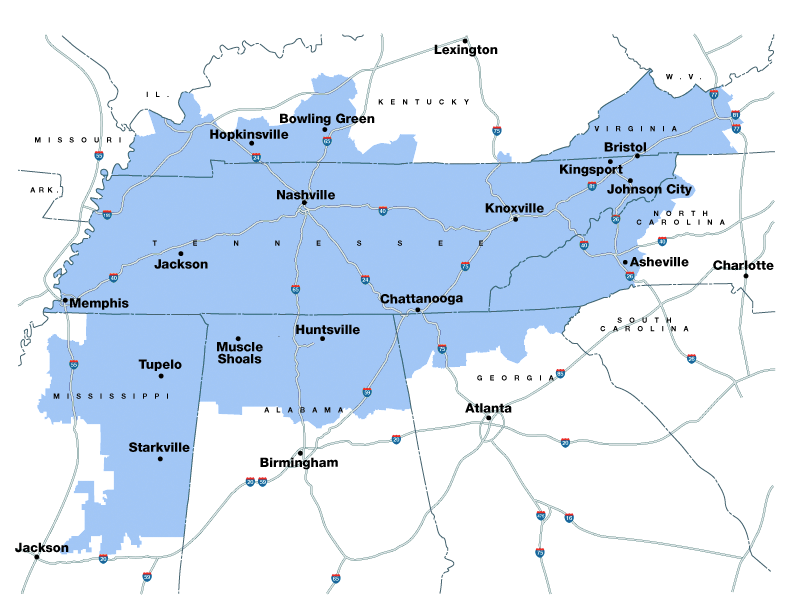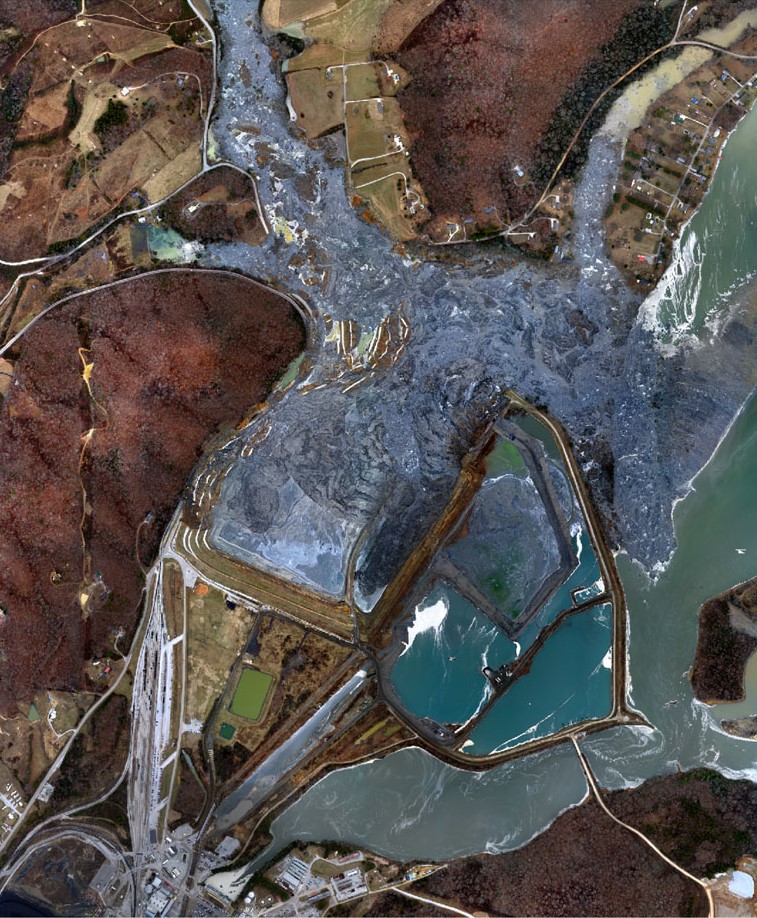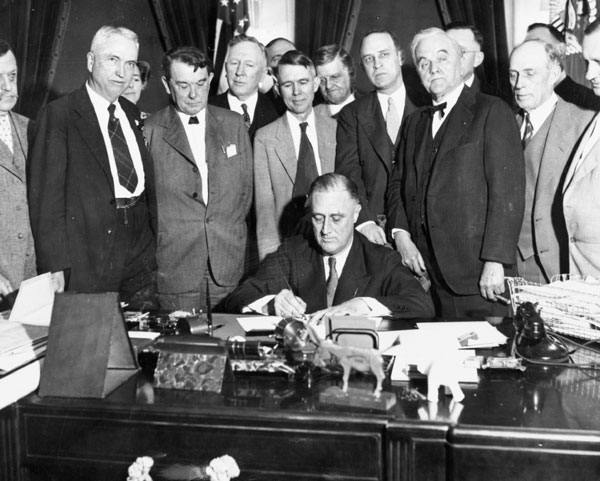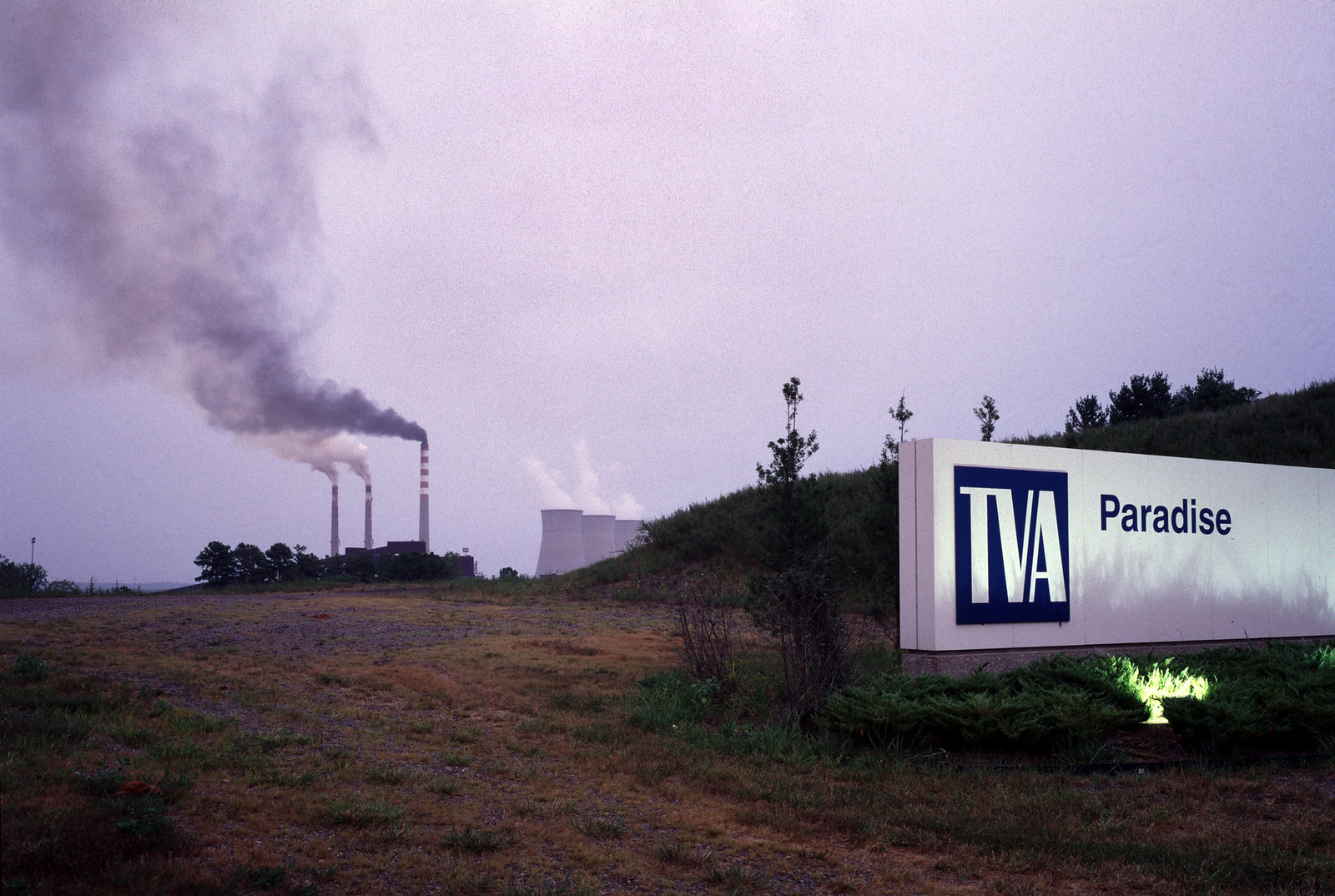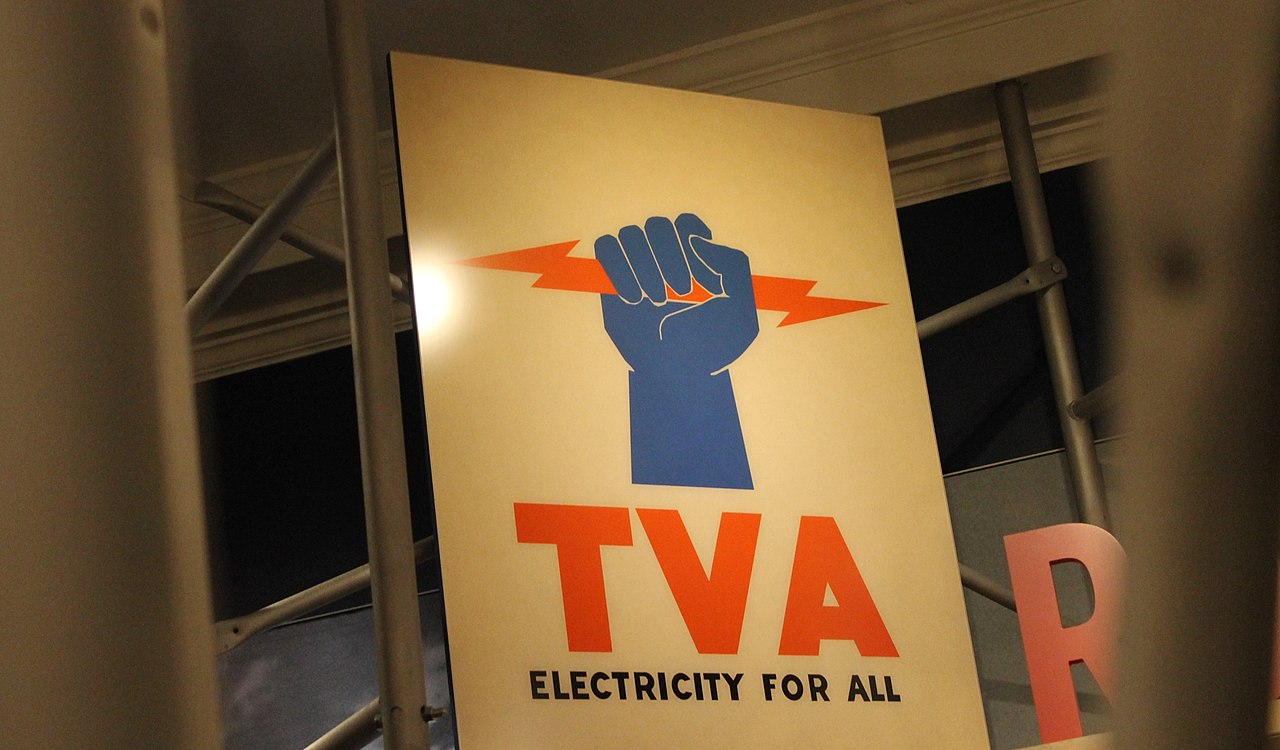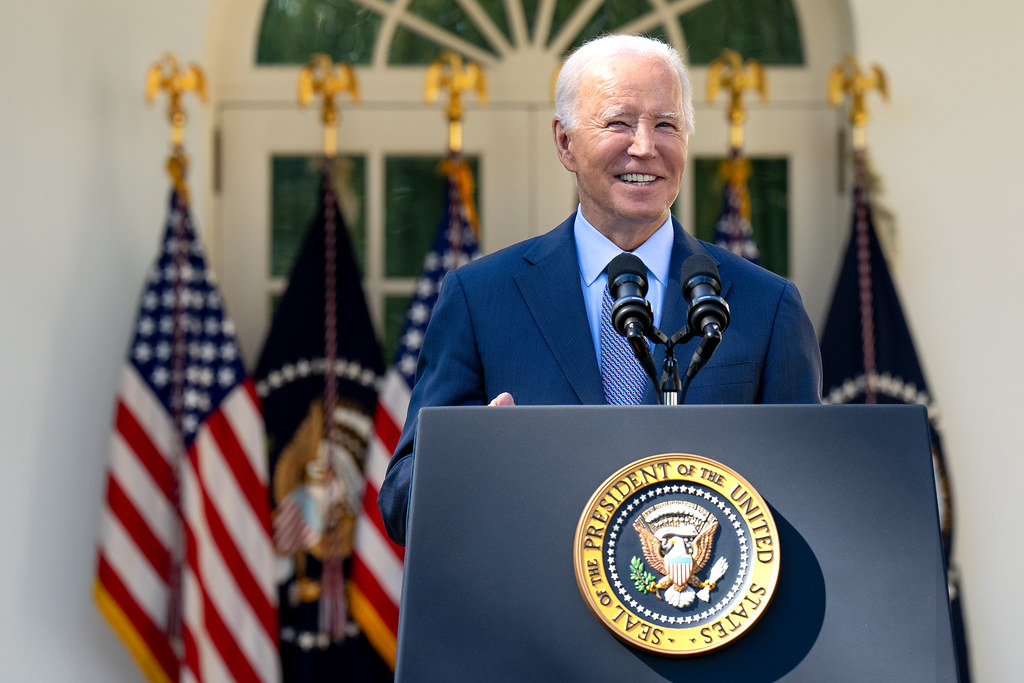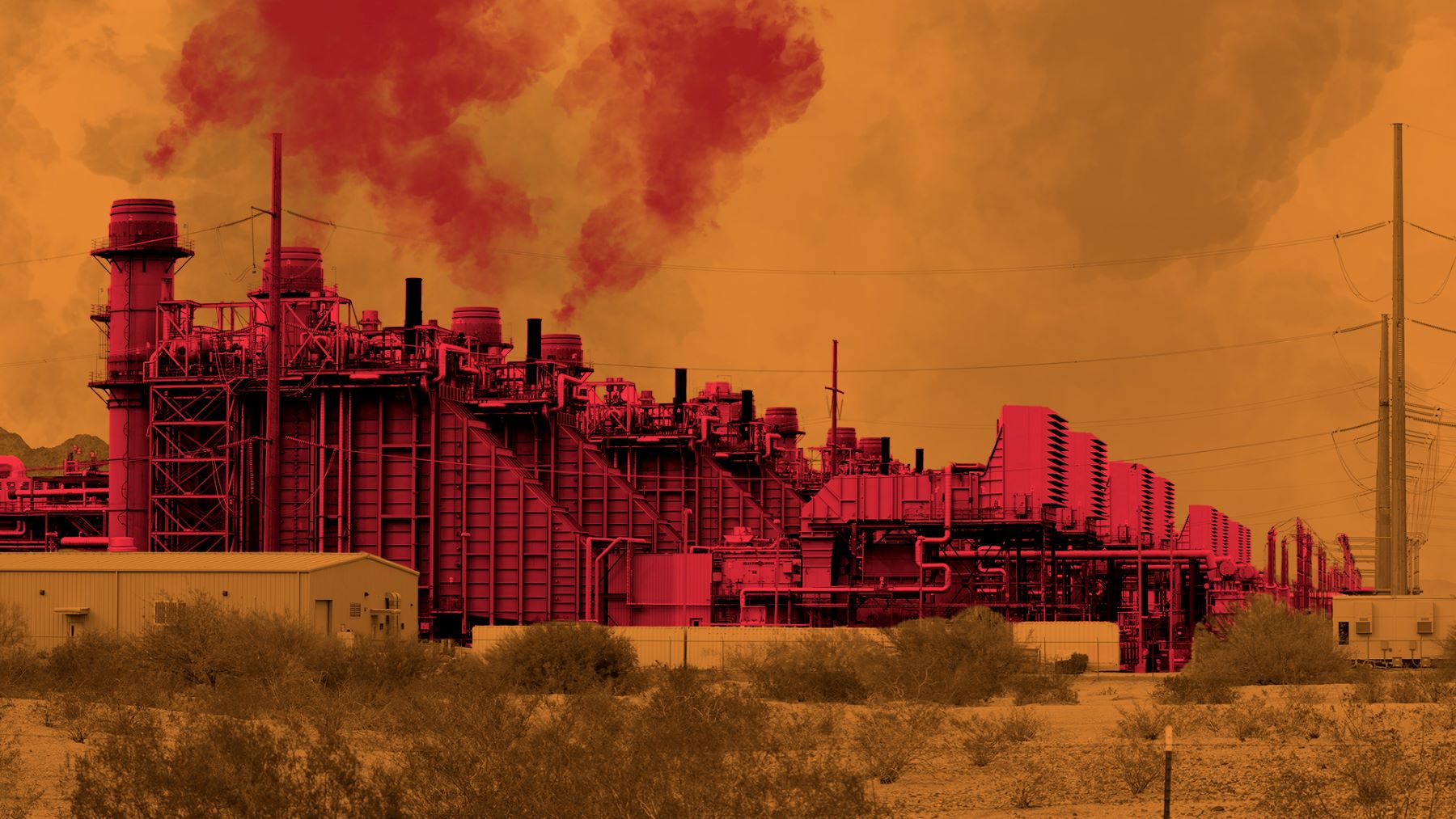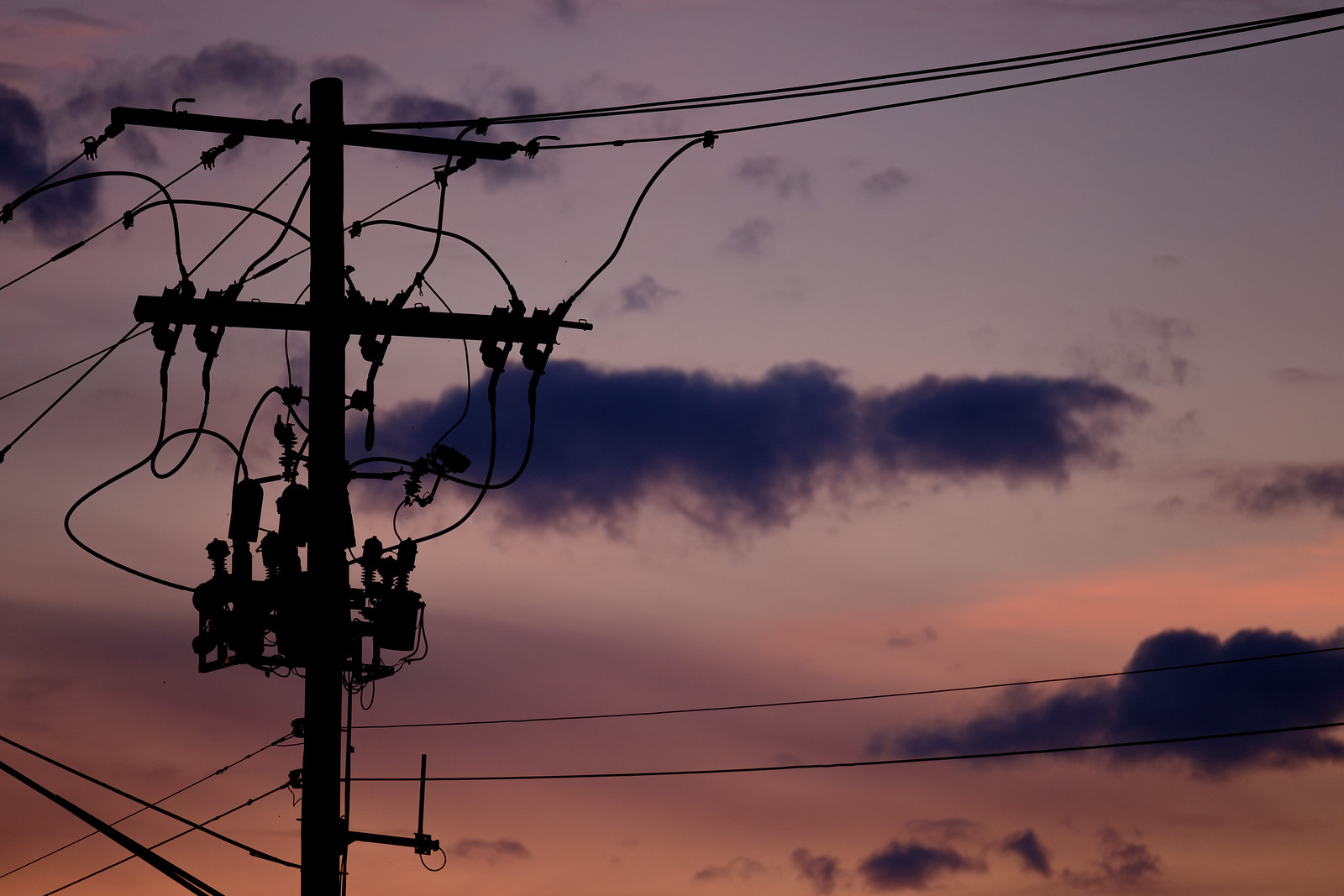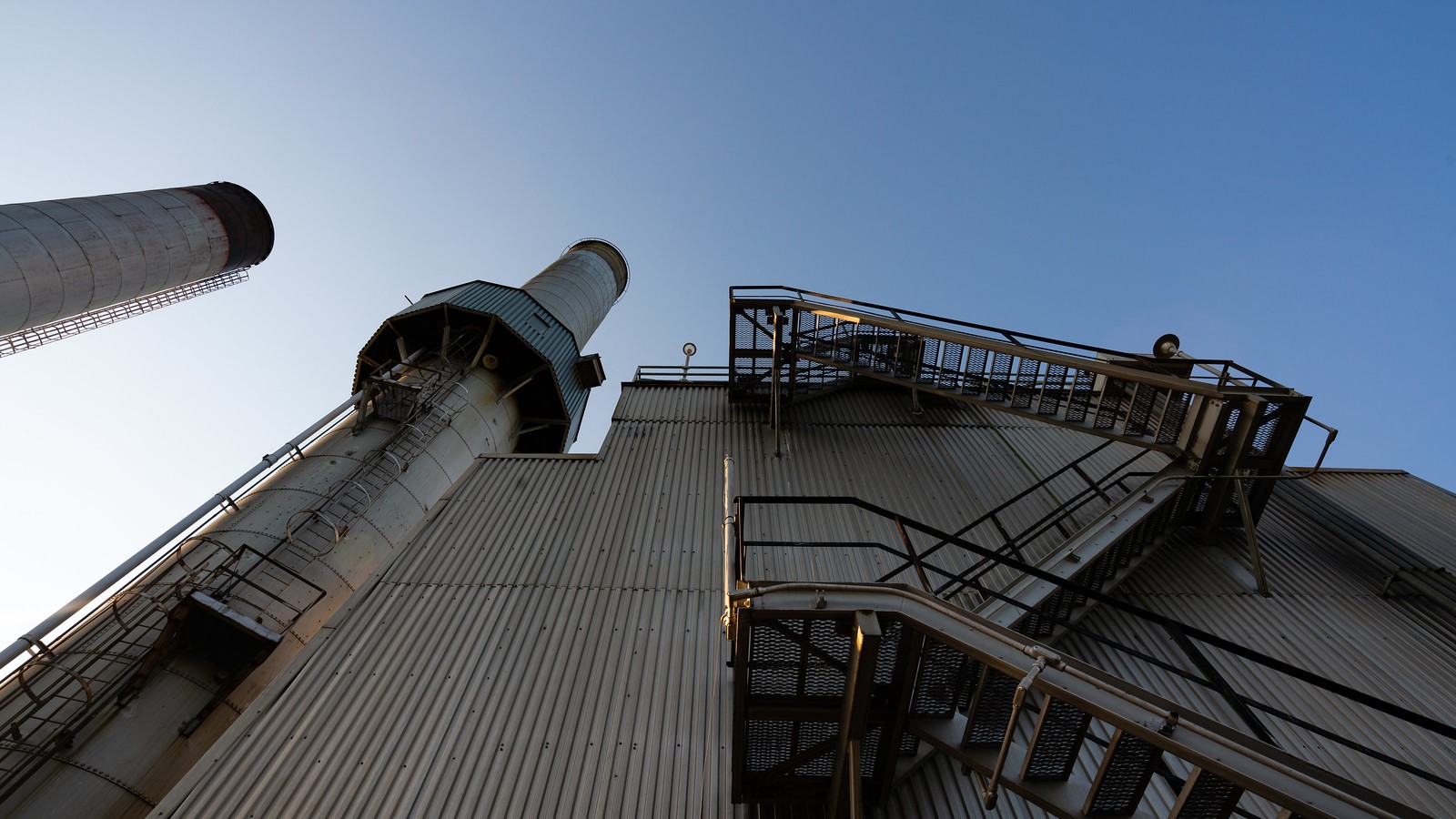Help Scale Up Clean Energy Through Tax Credits
Moreover, President Biden can do more to use his executive powers to ensure TVA is leading a just clean energy transition in the Southeast U.S. The administration should consider an executive order directing TVA and other federal utilities to serve the public by scaling up clean energy, powering major electrification efforts across the economy, and scaling back climate pollution in line with national targets.
The time has never been better to transition away from fossil fuels. Thanks to the IRA’s investments in clean energy, 99 percent of U.S. coal plants are more expensive to run than their solar or wind counterparts. Similarly, 99 percent of proposed gas plants are more expensive than an equivalent clean energy portfolio. Furthermore, “direct pay” tax credits make massive clean energy incentives available in full to public utilities for the first time. It simply doesn’t make financial sense for TVA—or its paying customers—to tie itself to the sinking ship of expensive, unreliable fossil fuels.
Moreover, a new study by Synapse Energy Economics, the Center for Biological Diversity, and GridLab shows even more promise: Transitioning to 100 percent renewable energy by 2035, incorporating IRA incentives, could create 15,600 new jobs a year, cut household energy burdens by 4 percent, and generate nearly $27 billion in public health benefits. And there’s no need to reinvent the wheel. Progress elsewhere in the American Southeast, like North Carolina’s successful deployment of solar, shows there are pathways to investing in renewables. With strong policy and regulatory support, it is both possible and economical for utilities and ratepayers alike.
TVA Must Be Held Accountable to Its Customers
If TVA refuses to push forward with a logical, cost-saving, and equitable clean energy transition, it’s the responsibility of the Biden administration to hold it accountable.
There are two possible paths forward. One where TVA maintains the status quo as a coal laggard, doubling down on fossil gas, facing lawsuits, and members leaving. Or a positive one, where it becomes a clean energy leader that exemplifies President Biden’s climate leadership and cuts costs and pollution. The upcoming IRP represents the fork in this road, and TVA and the Biden administration have a choice to make—it’s not too late to make the right one.
Written by Medhini Kumar and edited by Charles Harper
Support Critical Work Like This
Through articles that dive deep into vital issues and through targeted advocacy efforts, Evergreen is working hard to hold utility companies and our administration accountable to their climate pledges and the people they serve. Donate now to make campaigns like these possible.

